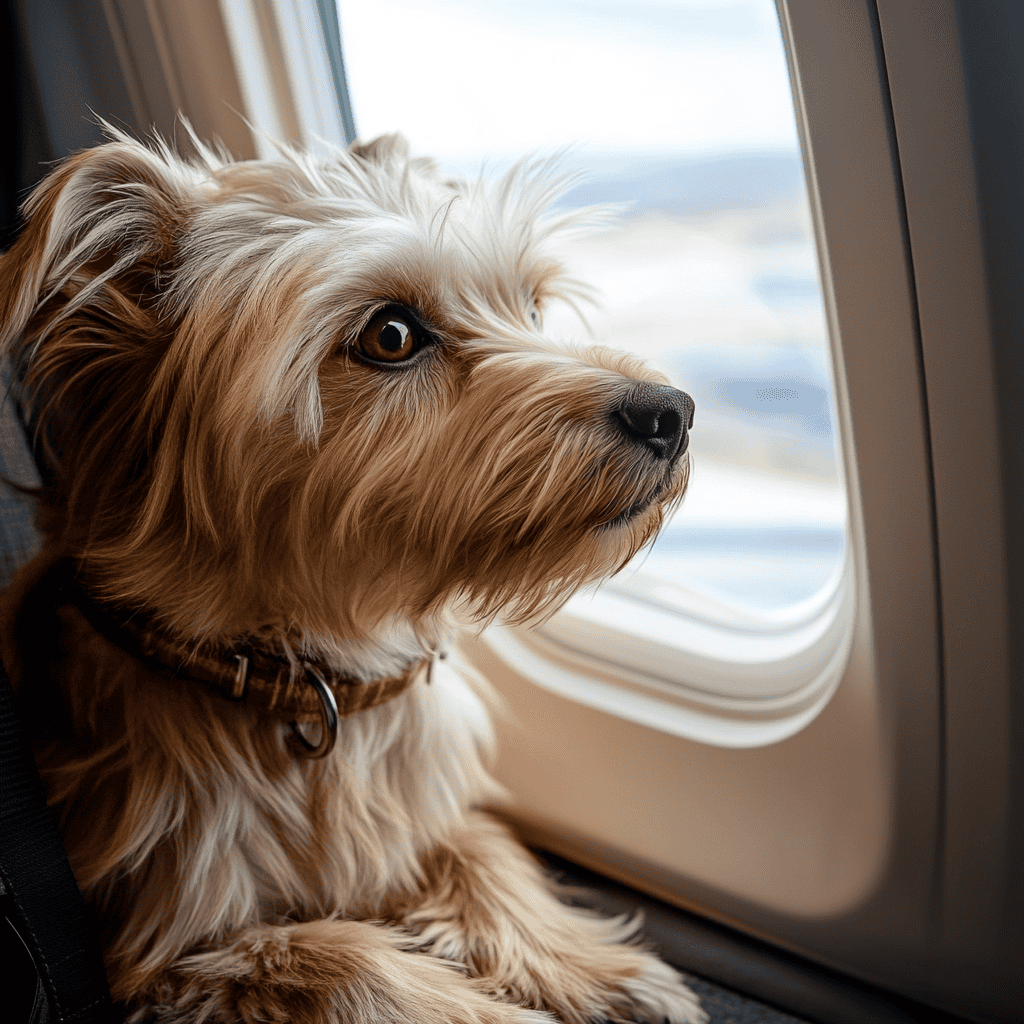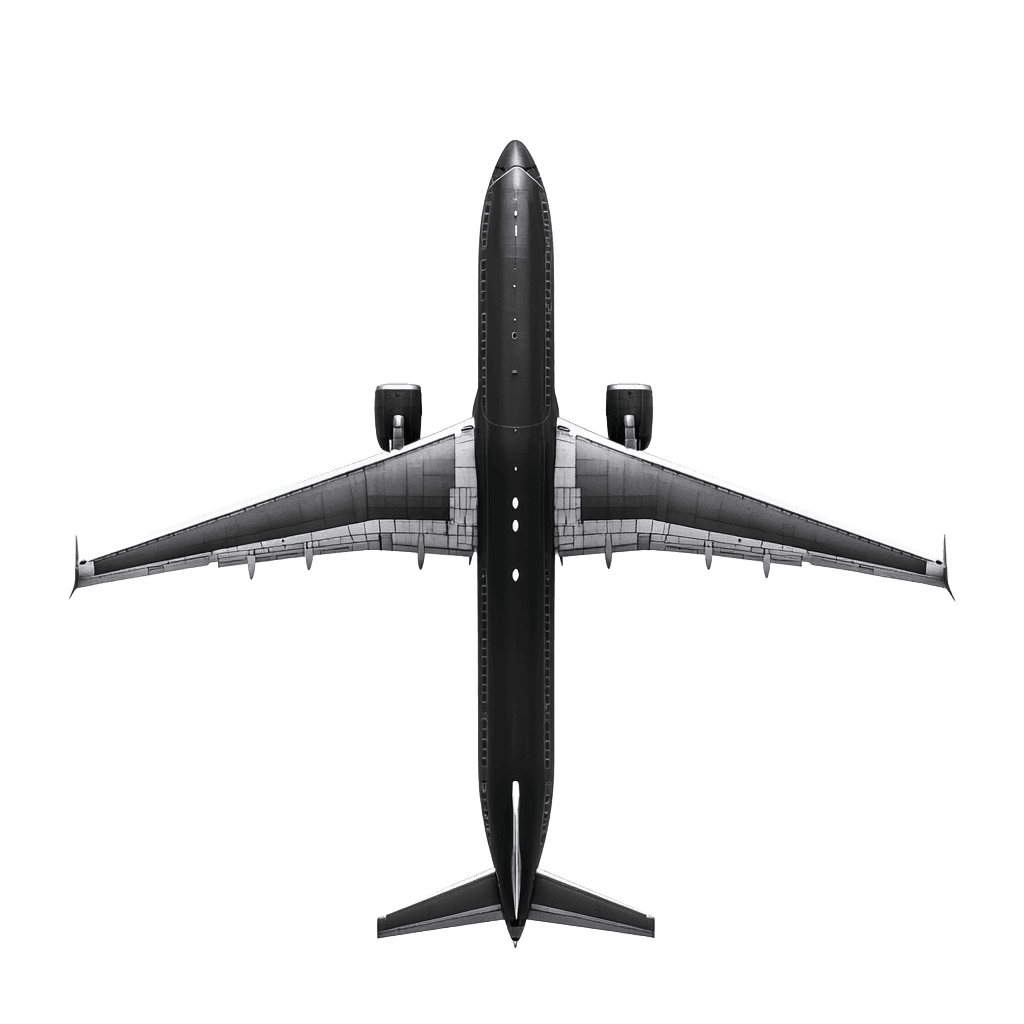Table of Contents
Flying with Emotional Support Animals
For many travelers, emotional support animals (ESAs) provide more than comfort—they’re an essential part of flying. But recent rule changes have dramatically altered what airlines allow when it comes to bringing your ESA onboard.
In this guide, we’ll break down the current airline policies, documentation requirements, and the difference between emotional support animals and service animals, so you can plan your trip without last-minute surprises.
🐾 1. What Is an Emotional Support Animal (ESA)?
An ESA is an animal—usually a dog or cat—prescribed by a licensed mental health professional to help alleviate symptoms of emotional or psychological conditions, such as anxiety or PTSD.
Unlike service animals, ESAs are not trained to perform specific tasks, which is why airlines no longer offer the same protections for ESAs as they do for service animals.
📌 Key Difference: ESAs offer emotional comfort; service animals perform tasks directly related to a disability.
✈️ 2. What Changed? (2021 DOT Rule Update Still in Effect in 2025)
As of 2021, the U.S. Department of Transportation (DOT) revised regulations to:
- No longer require airlines to treat ESAs as service animals
- Allow airlines to treat ESAs as pets
- Still require airlines to accommodate trained service animals (dogs only)
📌 Bottom Line: Airlines can now refuse ESAs in the cabin and treat them like any other pet—with associated fees and restrictions.
🛫 3. Airline-by-Airline ESA Policies
Here’s how major U.S. airlines currently handle ESAs:
| Airline | ESA Policy | Pet-in-Cabin Fee |
|---|---|---|
| American Airlines | ESAs treated as pets | $125 per flight |
| Delta Air Lines | ESAs not recognized; pets allowed in cabin | $95–$125 |
| United Airlines | ESAs treated as pets | $125 per flight |
| Southwest Airlines | ESAs not accepted; only pets allowed | $95 |
| Alaska Airlines | ESAs not recognized; pets accepted in cabin | $100 |
| JetBlue Airways | ESAs not allowed as service animals | $125 |

📌 Note: These fees and policies apply per direction of travel, and space is limited, so book early.
📄 4. Documentation Requirements for Traveling with an ESA
Although ESAs aren’t given legal access under DOT rules, some airlines or international routes may still ask for:
✔ A recent ESA letter from a licensed mental health professional
✔ Proof of vaccinations and health certificates
✔ Completed pet travel forms (for domestic or international travel)
✔ An approved pet carrier that fits under the seat
📌 Tip: ESA letters are not sufficient for free access—you’ll still have to follow pet policies.
🐕🦺 5. What About Psychiatric Service Dogs (PSDs)?
Unlike ESAs, psychiatric service dogs are legally protected under DOT rules—as long as they are:
- Individually trained to perform specific tasks (like interrupting panic attacks)
- Well-behaved and under control in public spaces
- Accompanied by completed U.S. DOT Service Animal Transportation Forms
Airlines Must Accept PSDs If:
✔ They are dogs only
✔ You provide the required DOT form
✔ You notify the airline in advance (usually 48 hours)
📌 Tip: Some ESA dogs may qualify as PSDs if they’re properly trained and documented.
🌍 6. Flying Internationally with an ESA
Outside the U.S., rules vary:
- Most international carriers do not accept ESAs for free
- Some European or Latin American airlines still recognize ESA documentation
- Pets traveling internationally often require:
- Microchipping
- Rabies certificates
- Veterinary health checks
- Import/export permits
📌 Always check with the destination country’s consulate or agriculture department before booking.
💼 7. How to Prepare for a Flight with an ESA or Pet
✔ Confirm your airline’s pet policy before booking
✔ Reserve a pet spot early—space is limited per cabin
✔ Use an airline-approved pet carrier
✔ Train your animal for calm behavior in public spaces
✔ Bring food, water, and waste bags for the journey
✔ Keep documents (ESA letter, health certificates) on hand at all times
📌 Pro Tip: Print out the airline’s own policy page and carry it with you—it helps in case of staff confusion.
✅ Final Thoughts: Flying with Emotional Support Animals
| Step | Why It Matters |
|---|---|
| Know the difference | ESAs ≠ service animals—rules are stricter now |
| Plan ahead | ESA access is no longer guaranteed |
| Train your animal | Calm, quiet behavior ensures a smoother journey |
| Pay pet fees if required | Most airlines treat ESAs as standard cabin pets |
| Bring proper documentation | Health and vaccination proof may still be needed |
📌 Bottom Line: Emotional support animals are no longer guaranteed free cabin access, but with the right prep, you can still fly together. Know the policies, follow the rules, and travel with confidence.
Respect the process. Travel responsibly. Stay emotionally supported. 🐾✈️
